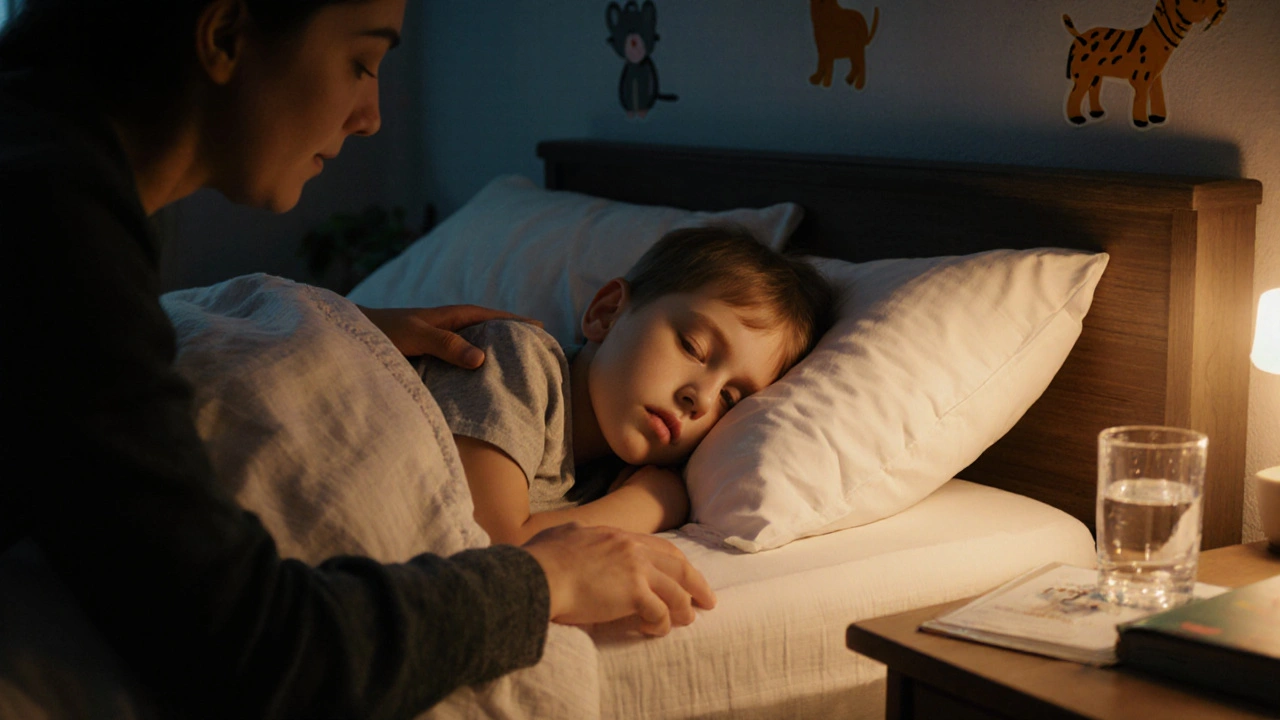

When dealing with child incontinence, the unintentional leakage of urine in children as they develop bladder control. Also known as pediatric urinary incontinence, it can affect confidence, sleep, and daily routines. A common trigger is urinary tract infection, a bacterial irritation of the bladder that often leads to accidents. Another key factor is bladder training, scheduled voiding and delayed bathroom visits that teach kids to hold urine longer. Understanding these relationships helps parents choose the right approach.
Child incontinence encompasses nighttime wetting, daytime accidents, and occasional leakage during play. Managing it requires a blend of medical checks, behavioral routines, and comfort measures. First, a pediatrician can rule out infection or anatomical issues. If a urinary tract infection is confirmed, antibiotics usually clear the problem and reduce episodes. For kids without infection, consistent bladder training—like using a timer to prompt bathroom trips every two hours—builds the muscles needed for control. Adding pelvic floor exercises, a simple set of squeezes and releases, strengthens the outlet and can cut down accidents.
Behavioral support plays a big role. Positive reinforcement, such as sticker charts for dry nights, keeps motivation high without shaming. Nighttime wetting often improves with limiting fluids before bed and using absorbent mattress protectors, which protect the child’s sleep environment while the bladder matures. If accidents persist, a referral to a pediatric urologist can explore deeper issues like overactive bladder or constipation, both of which can worsen incontinence.
Below you’ll find a curated collection of articles that dive deeper into each aspect— from the science behind bladder control to step‑by‑step guides on setting up a training schedule, handling infections, and creating a supportive home routine. These resources give you practical tools to help your child gain confidence and stay dry.

Learn the causes, treatment options, and practical parental support for child incontinence. Get clear steps, a treatment checklist, and FAQs to help kids stay dry and confident.